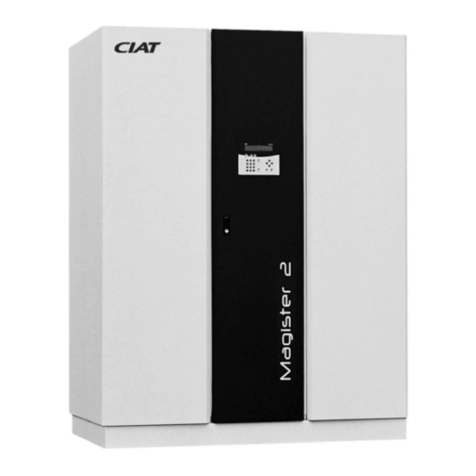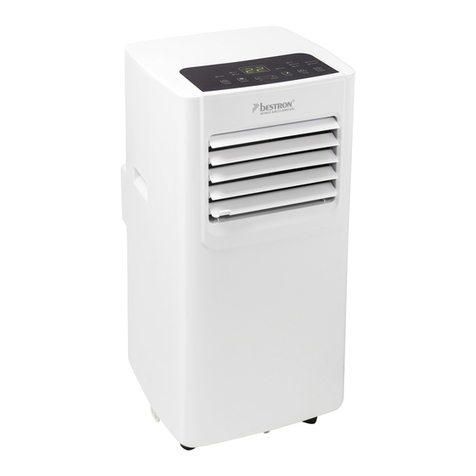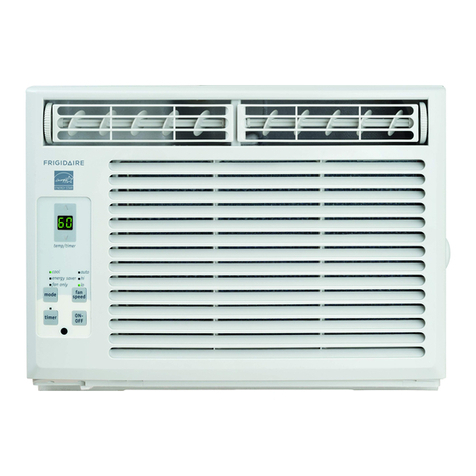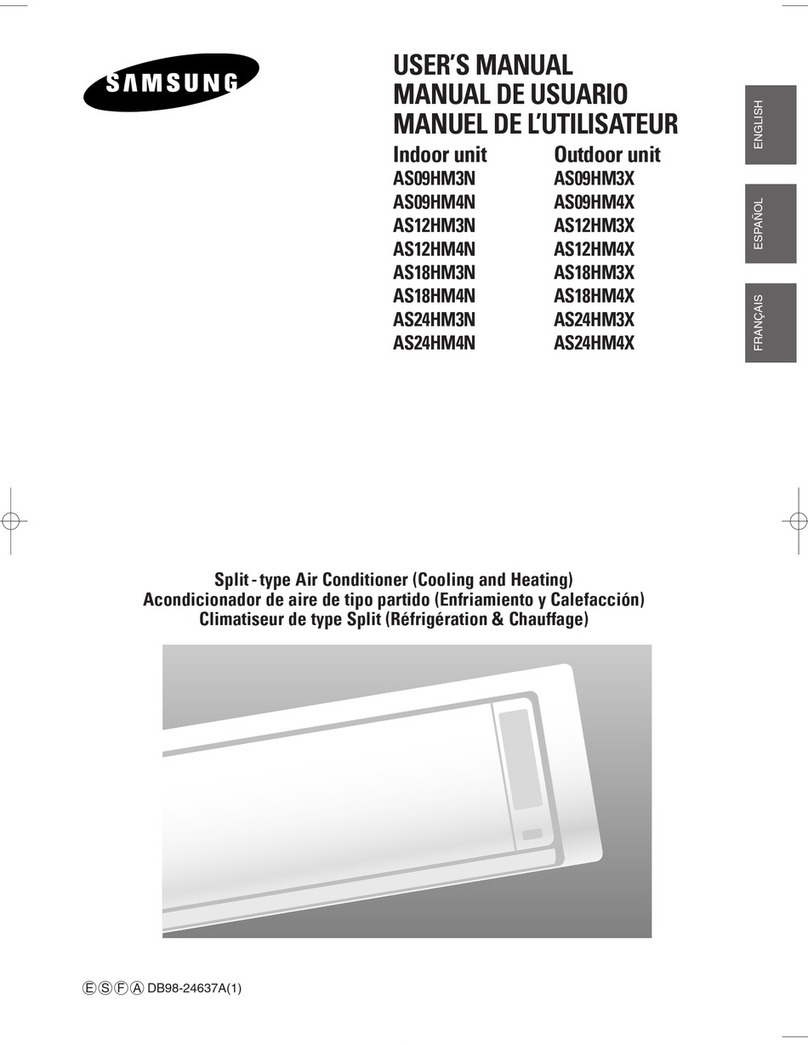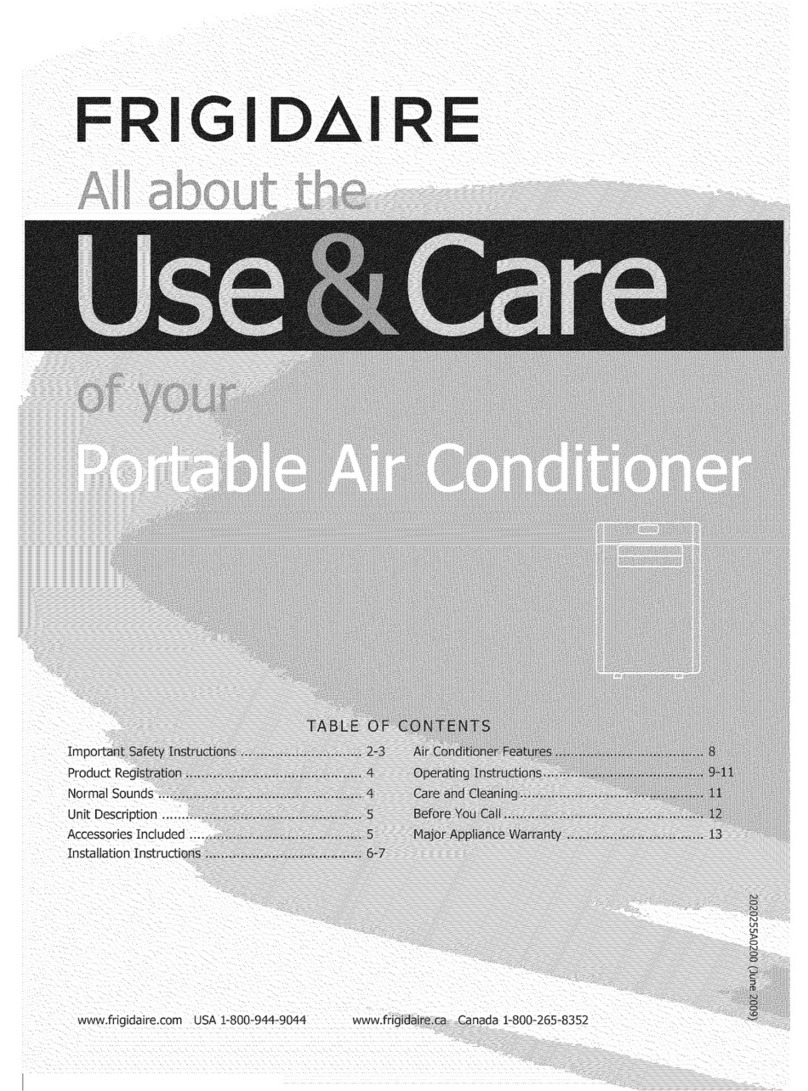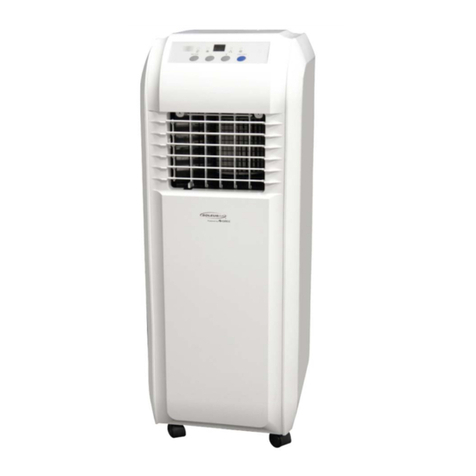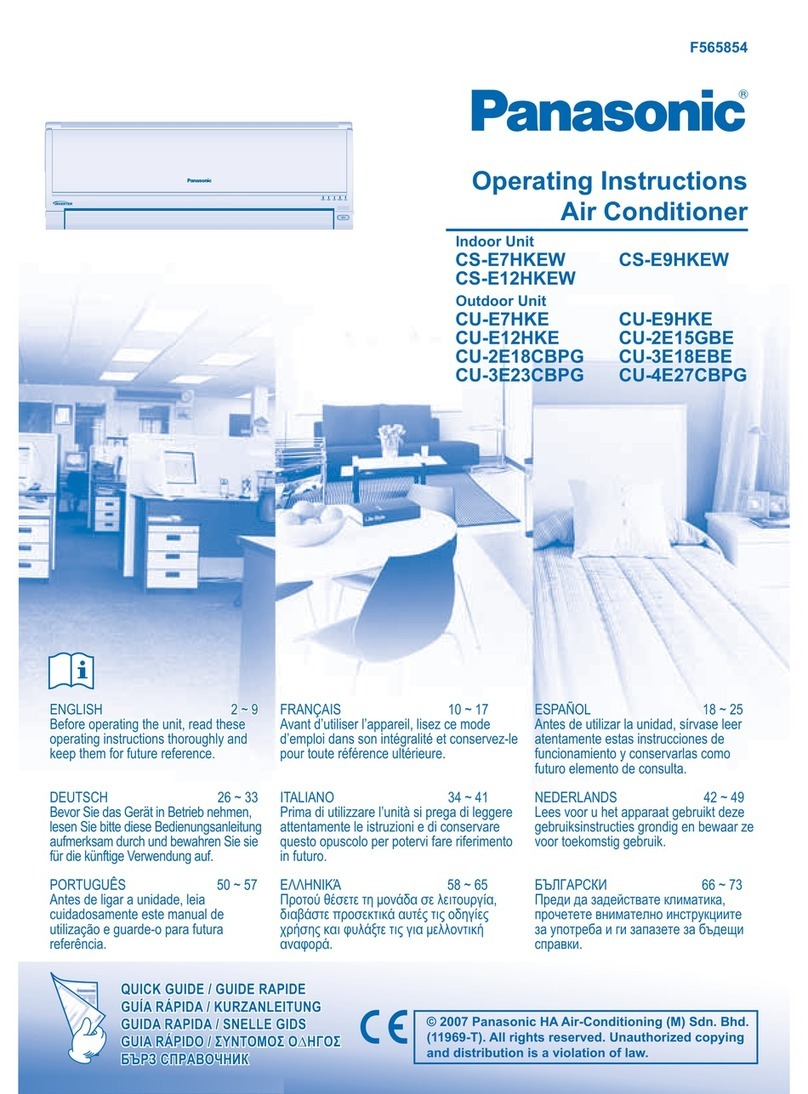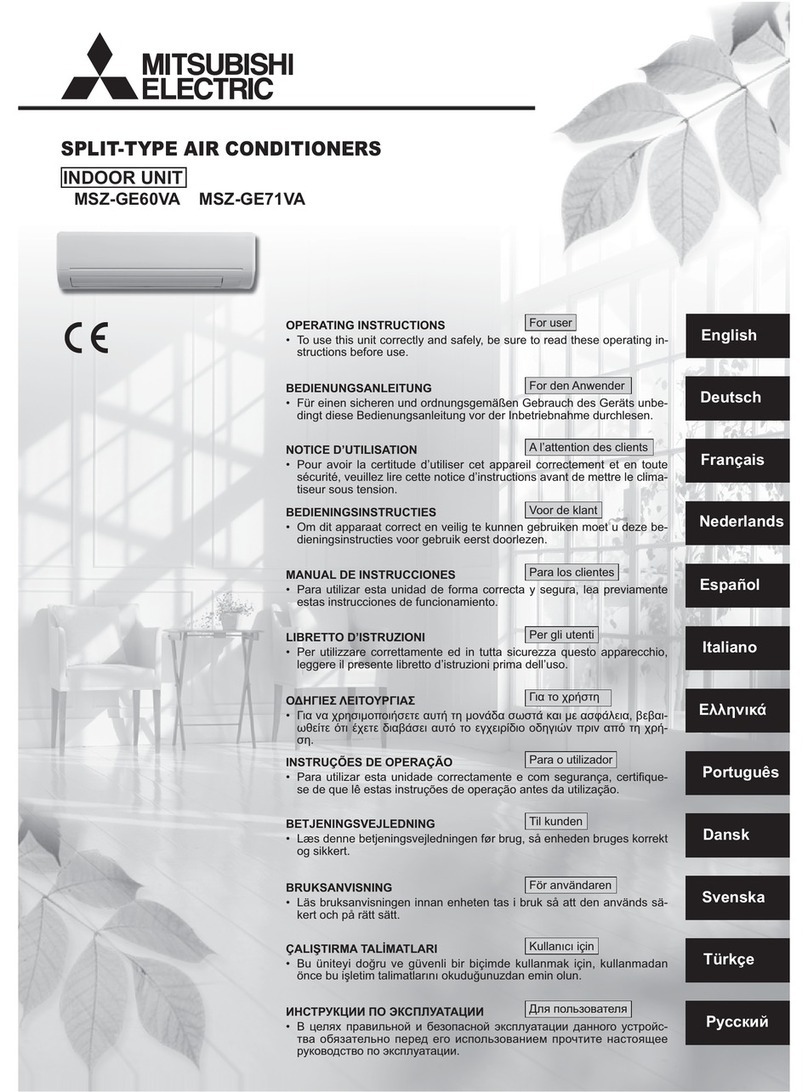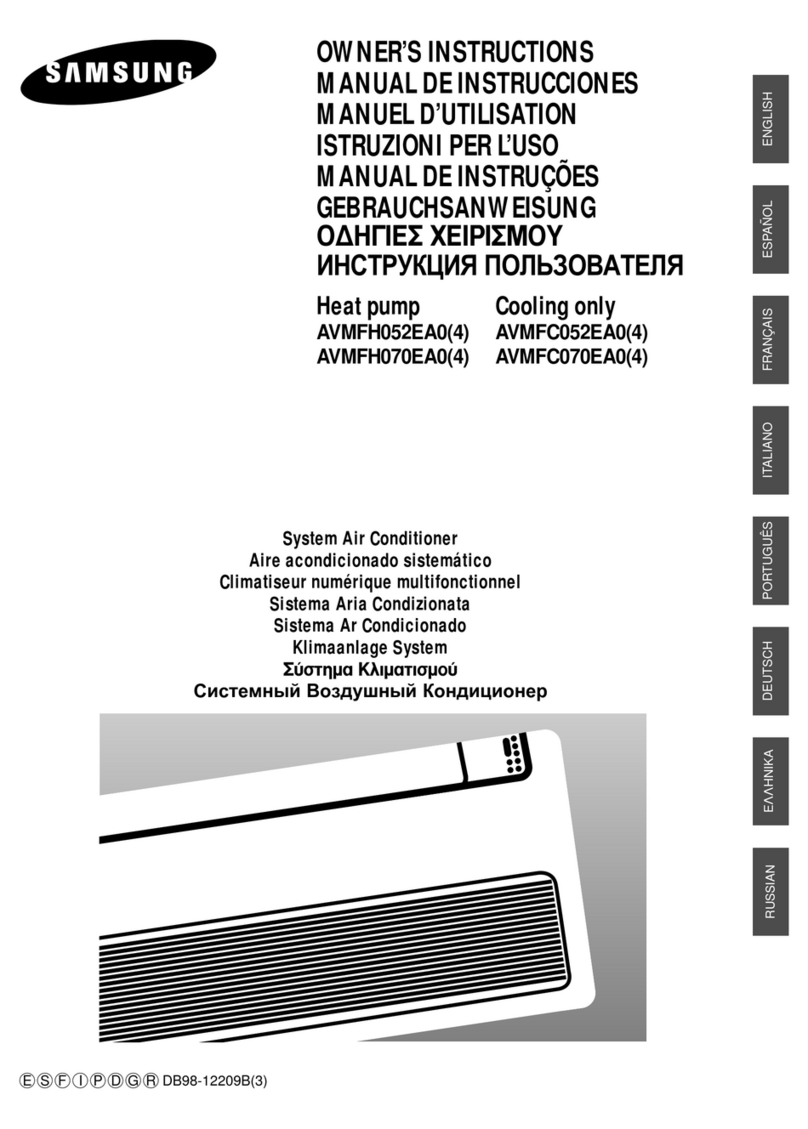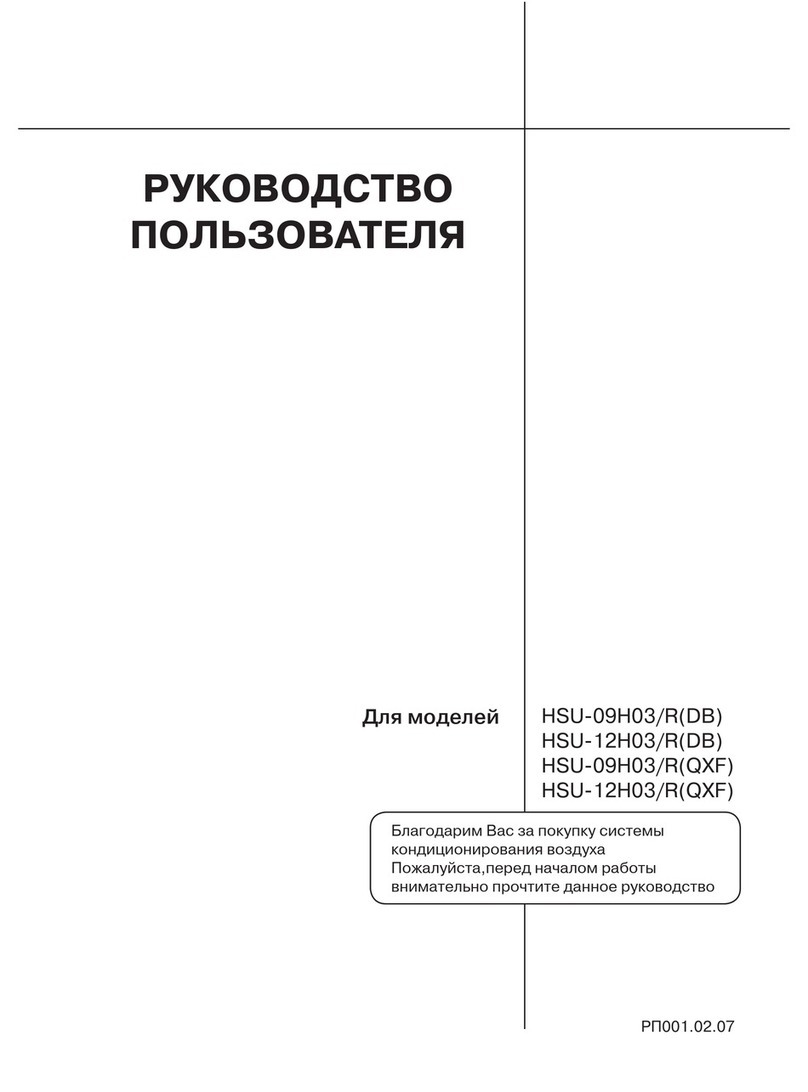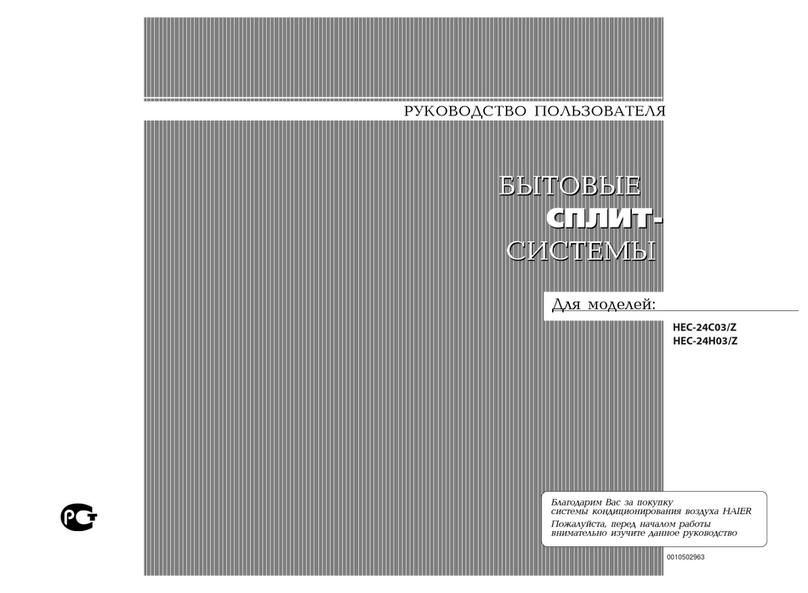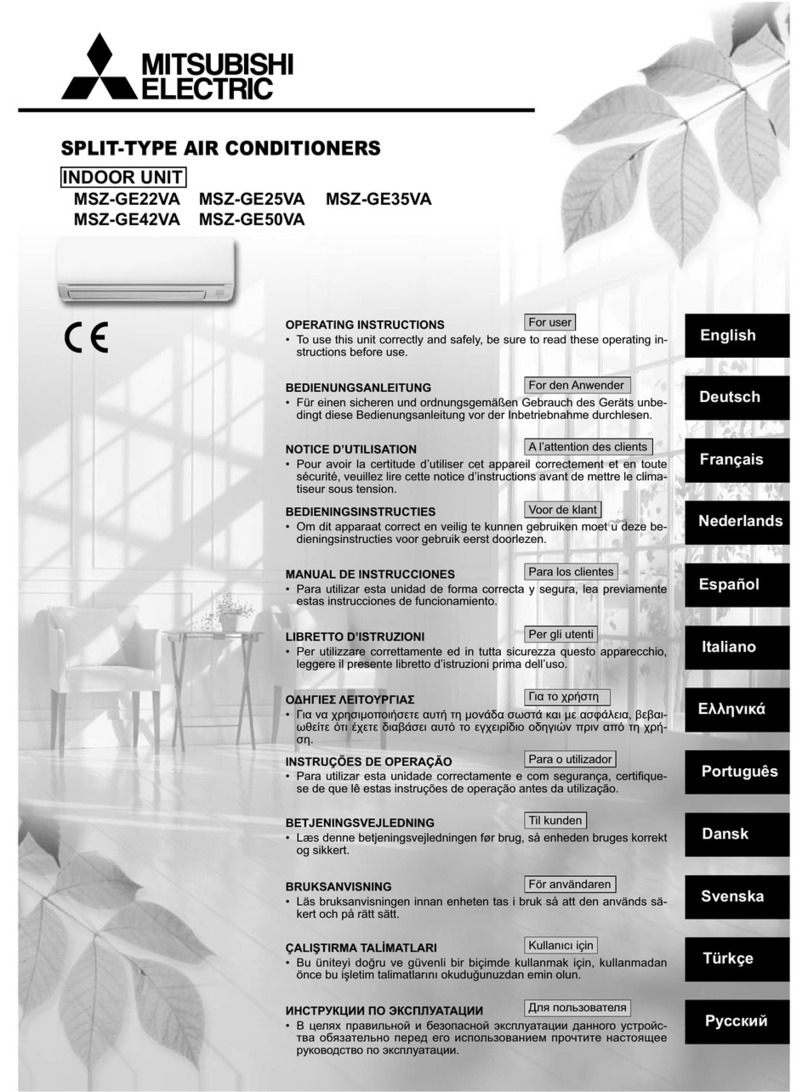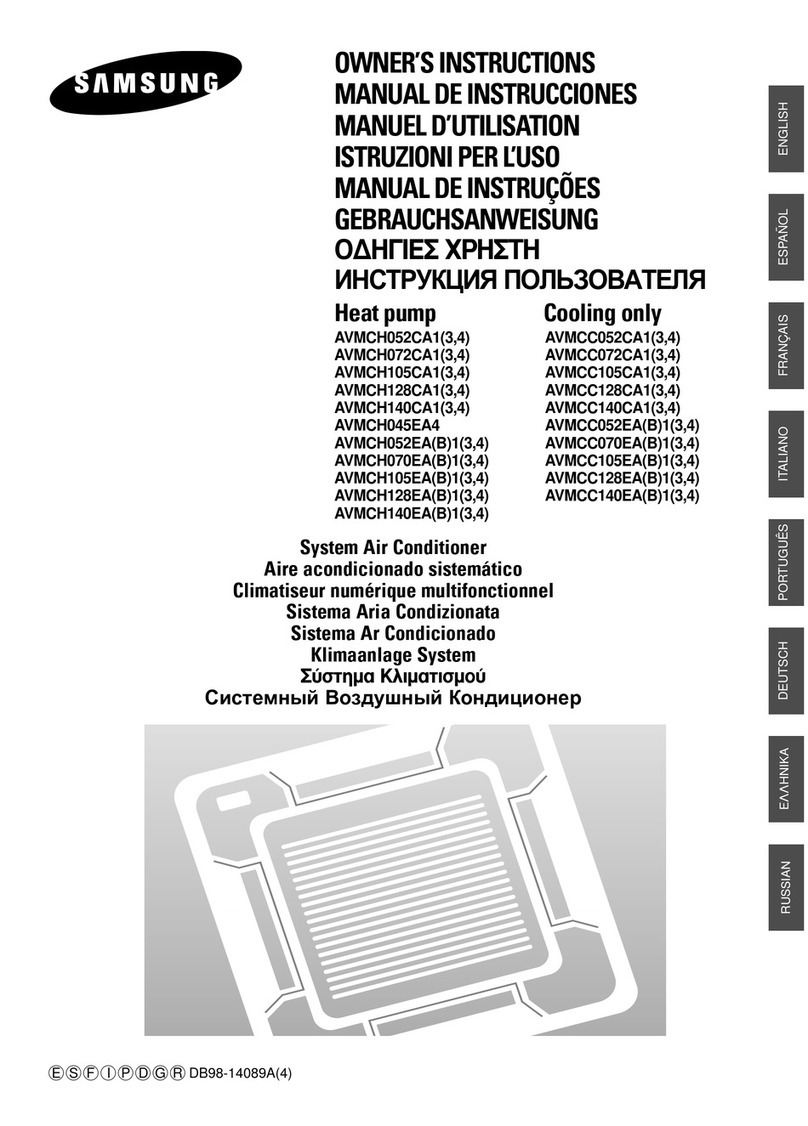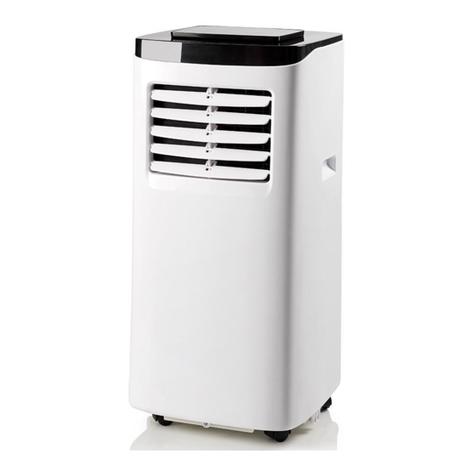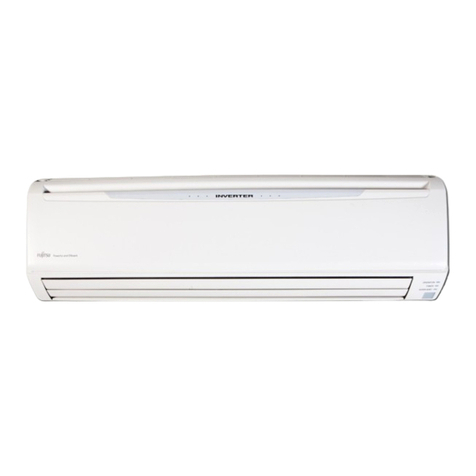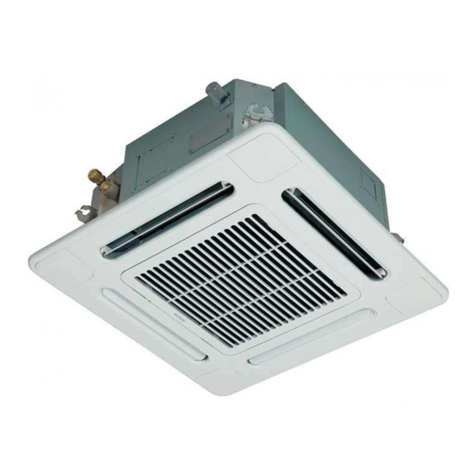- Do not install the indoor unit outside. Doing so may result in damage and electrical losses.
- During installation of the indoor unit(s), consider the distribution of air in each indoor unit in
the room in order to select the most suitable position and ensure a temperature as uniform
as possible within the environment.
- Do not install the indoor unit in a location directly exposed to sunlight.
- Do not install the unit near liquids and highly flammable gases. Install the unit in locations
with the minimum content of dust, smoke, air humidity and corrosive agents.
- Place the indoor unit at a distance of at least 1 meter from televisions, radios and general
electrical equipment whose electromagnetic waves may directly influence the electrical box
or remote control.
- Pay particular attention to the installation warnings and conditions of use if the indoor units
are located in hospitals, near medical equipment or generally in places with significant
electromagnetic waves.
- lf the indoor units are installed in areas exposed to high concentrations of magnetic
interference, you must use shielded twisted cables tor communication links between units.
- Do not install in laundries.
- This type of indoor unit does not use an electric heater. You cannot install an electric heater
or an electric stove at the installation site.
- The installation height of the indoor unit must be at least 2.3 meters. The filter must also be
easily accessible. Make sure there is enough space to maintenance. Install the indoor unit
on a solid surface that can support the weight of the air conditioner. Make sure that the
support is securely installed and the unit is stable even after running tor an extended period.
lf not properly secured, the unit may fall and cause damage or injury to objects and persons.
- Do not place objects of any kind inside the indoor unit. Remember to check that there are no
foreign objects inside the unit before installation and testing.
- For the outdoor unit, choose an installation location where the noise and the air jet do not
disturb neighbors.
- Avoid placing the outdoor unit in a location where it causes an obstacle to pedestrians.
- Position the outdoor unit in line with local architectural rules.
- Respect the dimensions given in the manual, the lengths of the refrigerant lines and the
height difference between units.
- Ensure that the appliances are not accessible by disabled persons or children. Do not block
the entrances to the air inlets and outlets. Doing so will significantly reduce the heating and
cooling capacity.
- Do not place objects on the outdoor unit or climb over it. Perform a test after carrying out
wiring.
- Wiring diagrams are subject to ongoing updates. It is therefore compulsory to refer to those
on the machine itself.
- Before turning on the air conditioner, make sure that the electrical cables, condensation
drainage pipes and refrigerant connections are properly configured and installed. This
eliminates the risk of water or refrigerant gas leaks or electric shocks.
- Periodically check the conditions of installation of the unit. Have the system checked by
qualitied personnel.
- After switching on the air conditioner, do not switch it off tor at least 5 minutes. This prevents
oil from returning to the compressor.
- Do not disassemble or repair the unit while it is running.
